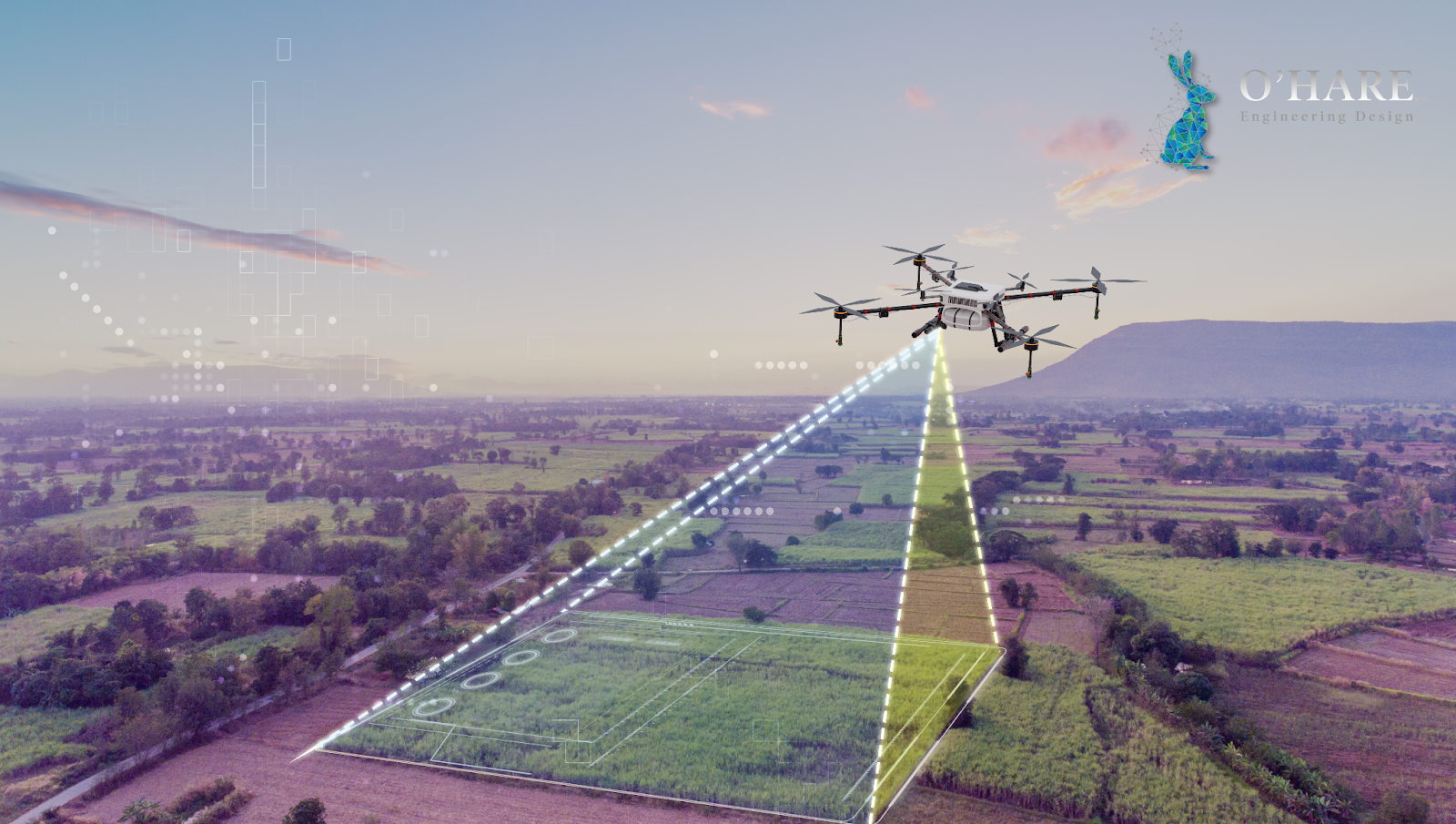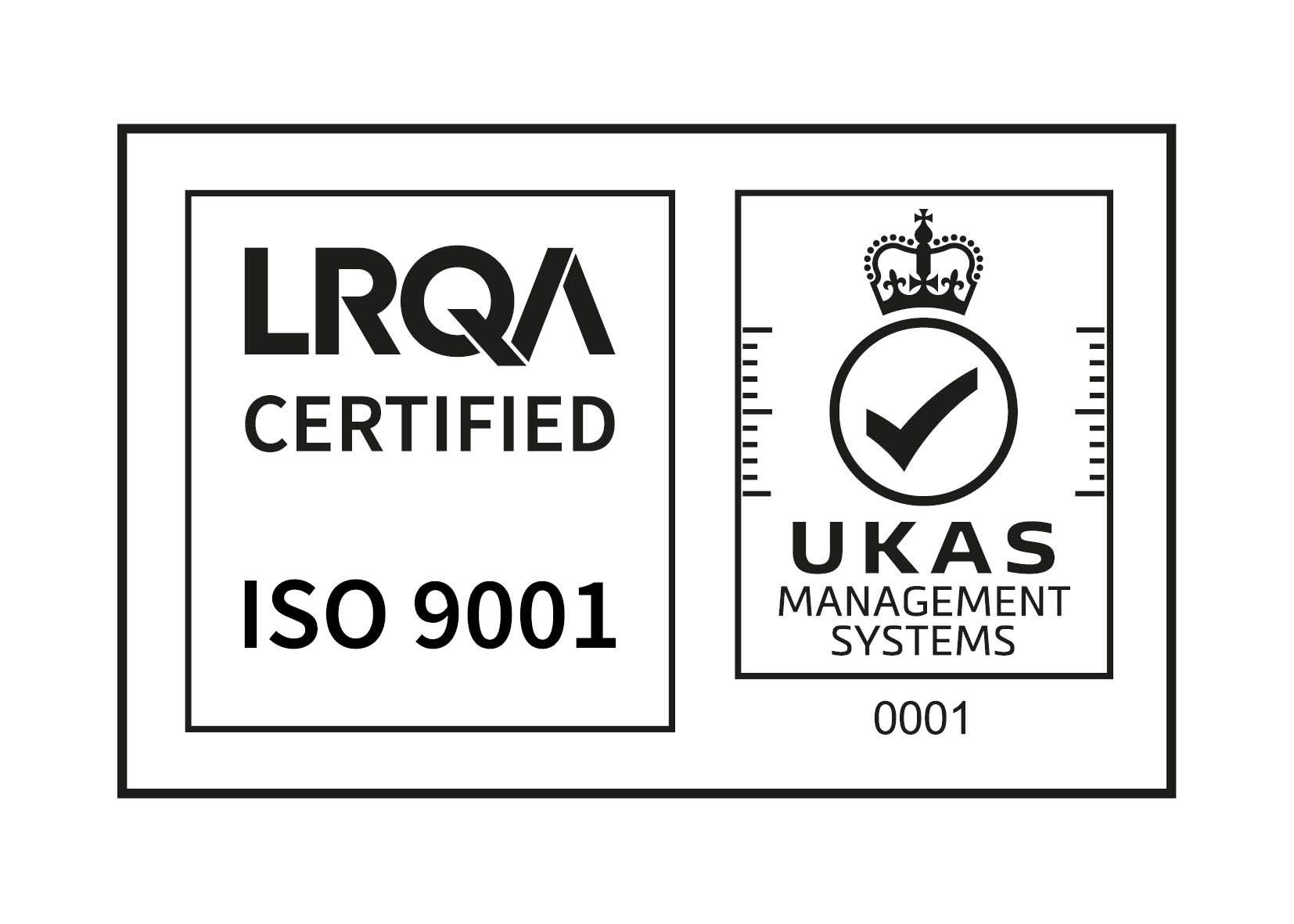CHOOSING THE RIGHT 3D SCANNING METHOD: LIDAR OR PHOTOGRAMMETRY

CHOOSING THE RIGHT 3D SCANNING METHOD: LIDAR OR PHOTOGRAMMETRY
Date: 30th May 2023
No one likes getting part way through a project and realising they’ve taken the wrong approach. It’s costly. It's frustrating. And most of all, starting your project off with the wrong data collection method can feel like a huge waste of time that you just don’t want to go back and redo.
With this in mind, you want to make sure that you’re making the right choice from the start, instead of just pushing through and trying to shoehorn your data into a format that isn’t quite right.
But, is there actually a right and a wrong choice when it comes to choosing between these two scanning methods? And what factors affect their suitability to a chosen project?
Before we’re able to explore this, it’s important to understand exactly what each of these different methods involves. So here goes…
Photogrammetry
Photogrammetry is a 3D imaging technique that captures and analyses multiple 2D photographs of an object or space and layers them to create detailed three-dimensional information from these images. This in turn allows you to create accurate and realistic 3D models.
The process begins by capturing a series of overlapping photographs from different angles around the object or space. The software then analyses the images, identifying common features, patterns, and points of reference. By triangulating the positions of these points across the multiple images, the software can calculate depth and spatial relationships, generating a 3D mesh.
Photogrammetry offers a cost-effective and accessible approach to 3D modelling, as it utilises commonly available camera equipment and software solutions. The resulting models can be further processed, refined, and textured to create highly detailed and accurate real- world representations of objects or environments.
LiDAR
Light Detection and Ranging, or LiDAR, itself refers to the technology that uses laser beams to measure distances and create 3D representations. 3D laser scanning on the other hand, specifically refers to the process of utilising LiDAR to capture highly detailed and accurate 3D data of objects or environments.
In 3D laser scanning, LiDAR is used to emit pulses of light to measure the amount of time it takes for the light to return from a surface within the scanned area to calculate its distance. The system collects millions of data points by scanning the environment from different positions and angles. These data points are then used to form a dense point cloud, which represents the three dimensional spatial coordinates and characteristics of the object or environment. These models can then be used for 3D modelling, visualisations and engineering design.
So which is better?
Well, if you ask me, there's no clear winner in the battle between LiDAR and photogrammetry - it's horses for courses. But there's a number of different factors that determine which option you choose…
- Accuracy: If your project requires a high level of accuracy, LiDAR tends to be the preferred option. It provides highly precise distance measurements, making it suitable for applications that demand precise spatial data.
- Resolution: Photogrammetry can capture intricate surface details and textures, making it a good choice for projects that require capturing fine features - just look at this.
- Range: LiDAR has the advantage of longer range capability, making it suitable for large-scale outdoor scanning or mapping. Photogrammetry is often more suitable for smaller, close-range objects or indoor environments.
- Equipment and Budget: Photogrammetry can often be accomplished with standard digital cameras, making it a more accessible and cost-effective option. LiDAR systems typically require specialised equipment, which can be more expensive.
- Data Processing: Photogrammetry typically requires significant computational processing power and time to generate accurate 3D models from a large number of images. LiDAR data processing is usually more streamlined, as it directly provides 3D point cloud data.
Carefully evaluating these factors will help determine the most suitable approach for a given application or project. But, if you’d like some help, get in touch.




